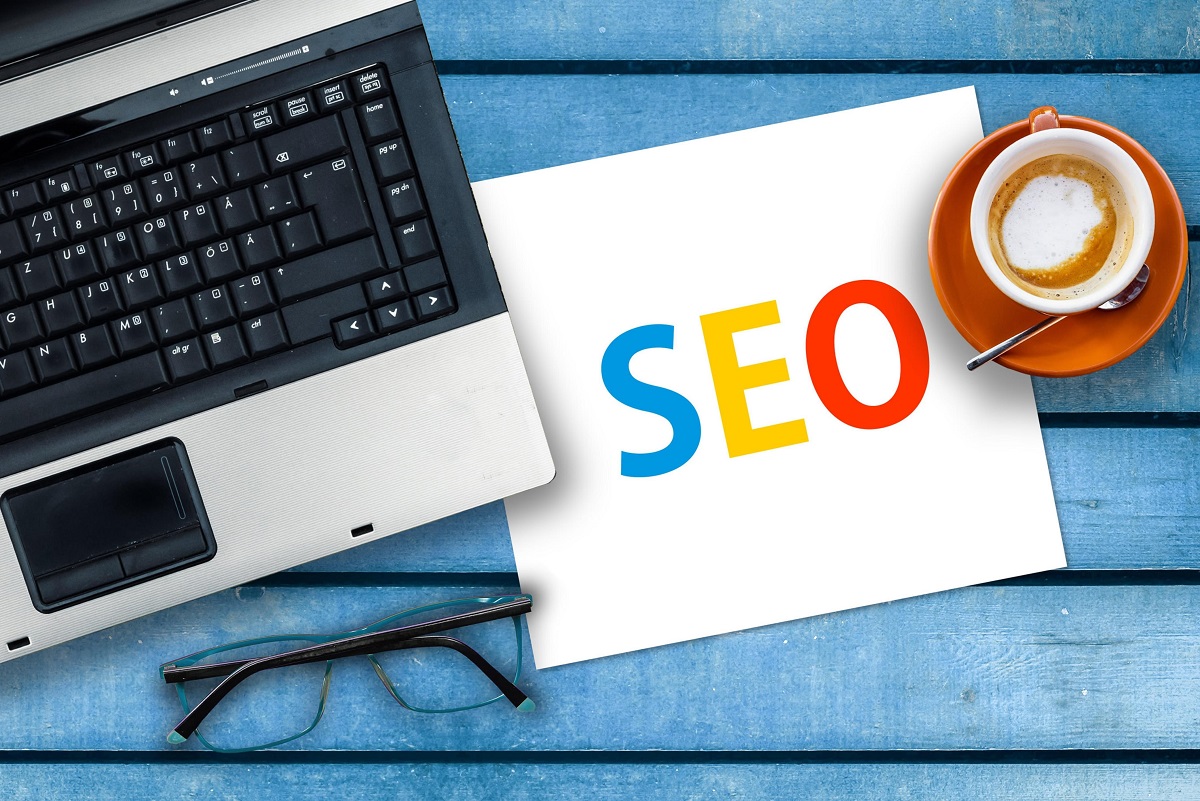AEO Strategies: How to Optimize Your Content for High Rankings
Key Takeaways What is Answer Engine Optimization? 1. Define Answer Engines 2. AEO’s Significance in Modern Search 3. AEO vs. Traditional SEO: Key Differences 4. The Growing Importance of AEO Core Elements of AEO Strategy 1. Understanding User Intent for AEO 2. Comprehensive Keyword Research for AEO 3. Optimizing for Featured Snippets and Rich Results 4. Leveraging Long-Tail Keywords for Specific Queries 5. Structuring Content for Quick Answers Technical AEO: Optimizing Website Foundation 1. Mobile-First Indexing and AEO 2. Page Speed as a Ranking Factor 3. Implementing Schema Markup for Context 4. Site Architecture and Navigation for AEO Content Strategies for AEO Dominance 1. Crafting Concise and Informative Content 2. Targeting “People Also Ask” (PAA) Boxes 3. Building Topical Authority and Trust 4. Optimizing Existing Content for AEO 5. Creating High-Quality FAQ Pages Voice Search and the Future of AEO 1. Optimizing for Conversational Queries 2. The Impact of Voice Assistants on Search 3. Adapting AEO Strategies for Voice Measuring and Refining AEO Performance 1. Key Metrics for AEO Success 2. Analyzing User Engagement and Behavior 3. Iterative Improvement Based on Data AEO Beyond Google: Other Answer Platforms 1. Optimizing for Bing and DuckDuckGo 2. AEO for Niche Search Engines 3. Adapting Strategies for Different Platforms Avoiding Scaled Content Abuse in AEO 1. Focus on Original, High-Value Content 2. Prioritizing User Experience Over Keyword Stuffing 3. Adhering to Search Engine Guidelines Real-World AEO Success Stories 1. Case Study 1: Increased Visibility with Featured Snippets 2. Case Study 2: Driving Traffic Through PAA Optimization 3. Lessons Learned from Successful AEO Implementations Conclusion Frequently Asked Questions What is Answer Engine Optimization (AEO)? Why is AEO important for SEO? How can I optimize my website for AEO? What role does voice search play in AEO? How do I measure AEO performance? Can AEO strategies work beyond Google? What are common AEO mistakes to avoid? Key Takeaways Answer Engine Optimization (AEO) focuses on optimizing content for direct, concise answers to user queries, particularly for voice searches, making it essential for modern search strategies. Adding structured data, such as schema markup, supercharges your AEO work. It allows search engines to understand the context of your content, enhancing its potential to show up in rich results. Cracking the code of user-intent—informational, navigational, or transactional— is essential in tailoring content to match user intent that AEO inspires, ultimately becoming more visible. Optimizing for featured snippets, long-tail keywords, and conversational queries boosts your chances of capturing voice search traffic and engaging niche audiences. Mobile-first indexing, site speed, and a logical site architecture are all very important technical factors. These make up the bedrock for aligning with best practices, increasing AEO’s impact, and improving overall user experience. Track AEO performance over time with key metrics such as click-through rates and user engagement. Continue to improve your tactics to keep up with search engine updates and stay on top of the SERPs. To rank well with AEO (Answer Engine Optimization), create content that answers user questions directly. Make sure your answers are short and to the point. AEO’s main focus is to provide objective, timely, and easy-to-use information in a clear format. This method improves the chances of search engines displaying your content in rich results like featured snippets. This means using descriptive H1 and H2 tags, bullet points, and plain language to answer the most common questions. Integrating schema markup, optimizing for voice search, and developing mobile-friendly content are other important factors that can help improve visibility as well. Realize what users are looking for when they search. Make sure your content aligns with what they are looking for to increase your chances of ranking better. In this ultimate guide, we’ll dive deep into expert tactics to create AEO-friendly content that boosts your visibility and gets you found online. What is Answer Engine Optimization? Answer Engine Optimization is all about creating great content that provides the most straightforward and immediate answer to user queries. This practice is done on platforms known as answer engines. AEO is a departure from SEO as we know it. It highlights the importance of developing clear, valuable, and deeply organized content to meet the growing need for short answers, particularly in voice search environments. 1. Define Answer Engines These answer engines are systems built to provide definite answers to queries right in the platform—no extra clicks or browsing needed. These are made possible by natural language processing and machine learning algorithms that understand context and intent to deliver relevant results. Heavy lifting Answer engine This is because platforms such as Google Assistant, Alexa, Siri, and by 2024, Gemini (a.k.a. Formerly Bard), are all prime examples of answer engines. They rely on sophisticated algorithms and structured data formats to prioritize clarity and relevance in their replies, ensuring users receive precise information in real time. 2. AEO’s Significance in Modern Search As search behavior increasingly adopts more conversational queries, AEO is a natural fit with user intent-focused AI developments. Voice search is rapidly increasing and will account for 80% of all searches by 2024. This growing trend makes Answer Engine Optimization more essential than ever for businesses. By leveraging structured data and tailoring content for direct answers, companies can enhance their visibility, foster user trust, and maintain relevance in a competitive digital landscape. 3. AEO vs. Traditional SEO: Key Differences Where traditional SEO tends to focus on more indirect approaches such as keyword targeting, AEO is all about providing searchers with these zero-click answers right from the SERP. AEO emphasizes structured data formats, allowing content to appear in featured snippets or voice interactions. This approach addresses the needs of mobile-first and voice-driven users. 4. The Growing Importance of AEO With trends pointing towards a greater dependency on voice assistants and AI-generated queries, adopting AEO positions businesses to rank higher. Creating accurate, concise content that resonates with evolving search behaviors is essential. This ongoing, cumulative approach is the key to maintaining visibility and relevance over time. Core Elements of AEO Strategy Answer Engine Optimization (AEO) is










